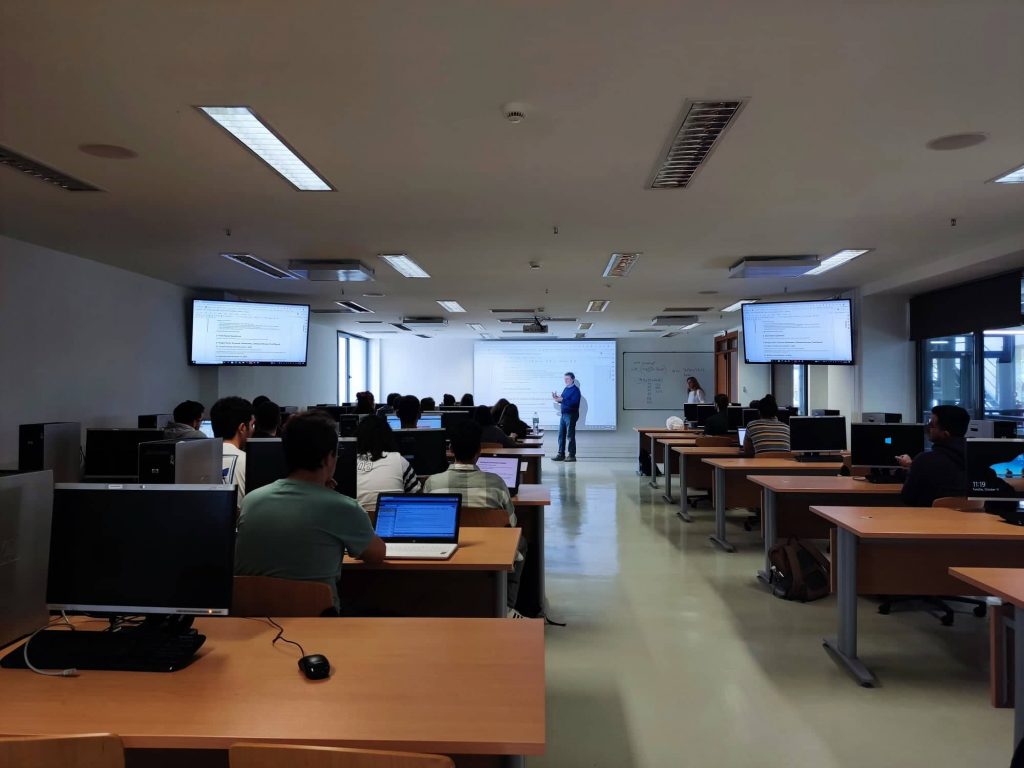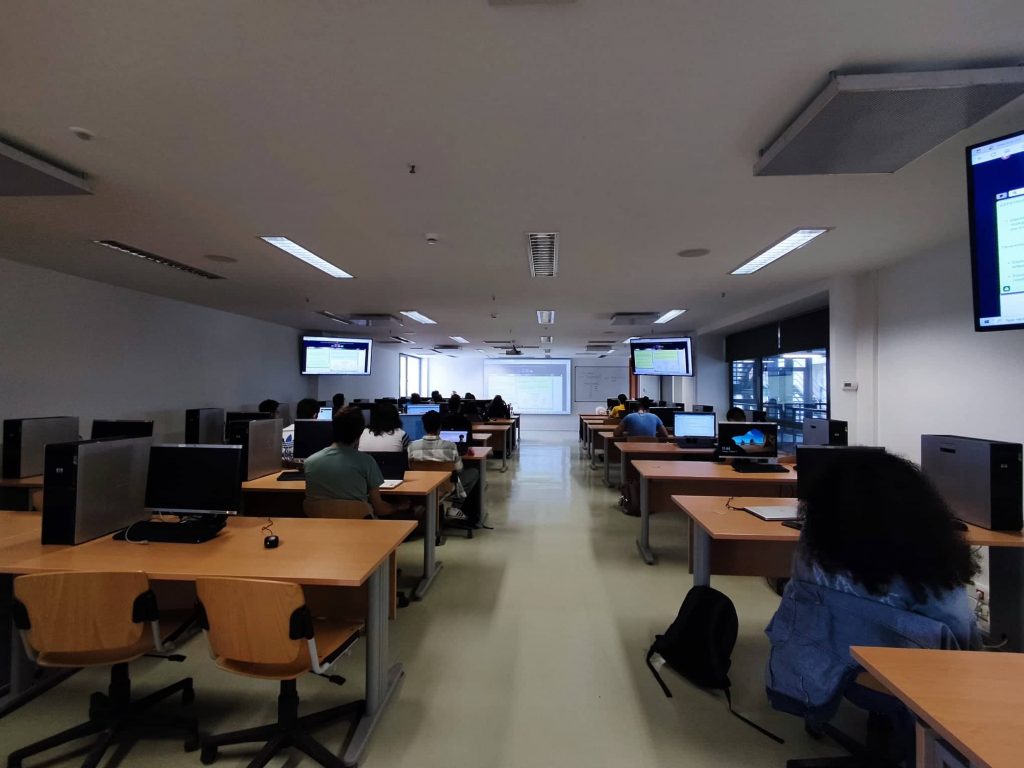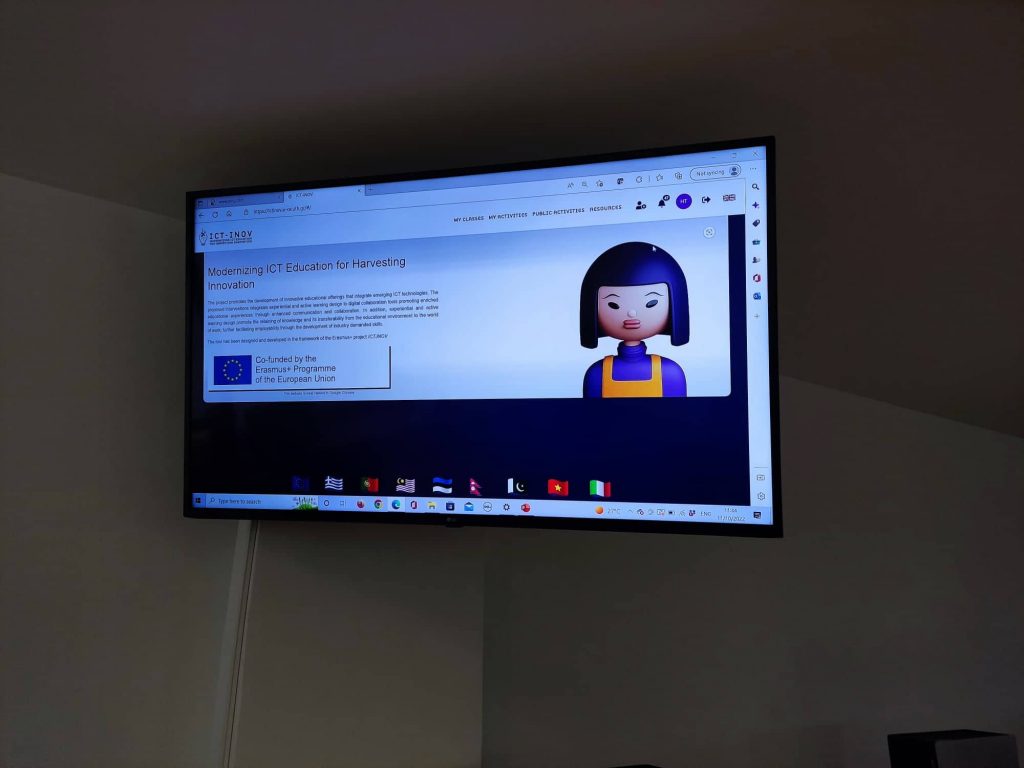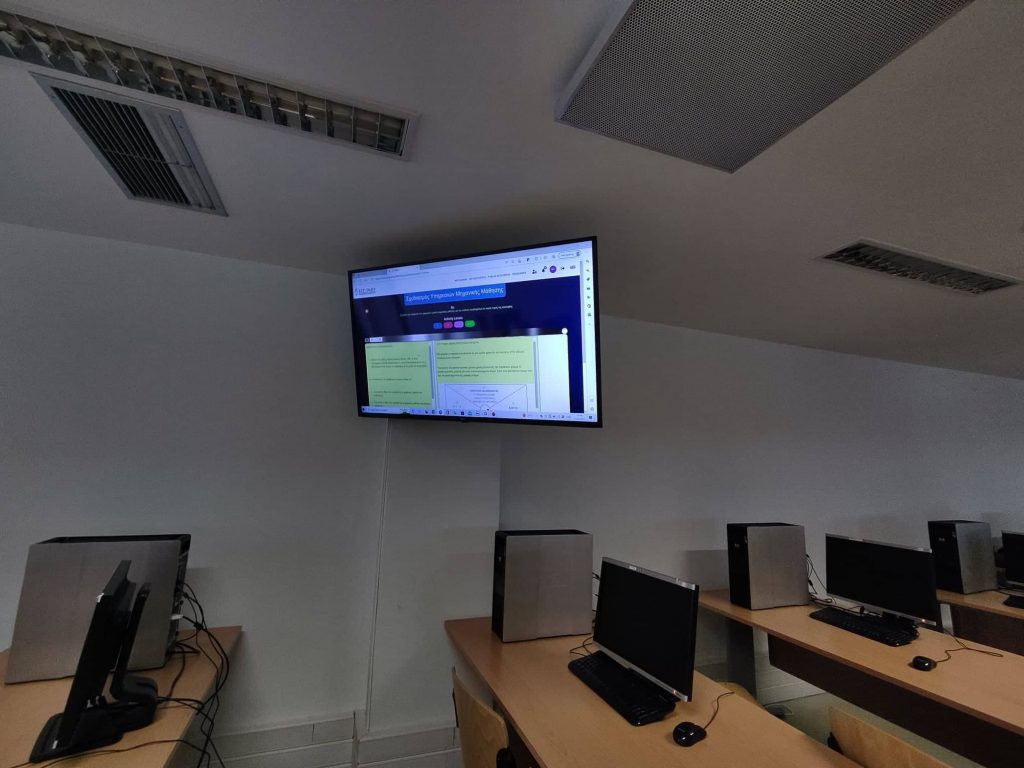
Description of the course
The course is an introduction to programming environments and algorithms for machine learning. Emphasis is placed on Excel, Python, R, Orange, Rapidminer, and Weka data mining environments for solving problems with data mining techniques. The course presents techniques of statistical machine learning, categorization and regression for business analytics and sentiment analysis and opinion mining. More specifically, the courses focuses on technical learning for analyzing large amounts of data from business applications and social networks. It addresses different types of machine learning algorithms, such as supervised learning, in which datasets are labeled and problem solving is based on regression and classification techniques, unsupervised learning, in which datasets are not labeled and problem solving is based on dimensionality reduction and clustering, and reinforcement learning, in which a model learns from its every action. The course applies machine learning in diverse fields, such as finance and business, government, health, bioinformatics, IoT, and more, through specific case studies.
Description of the participants
This is an optional course in the 4th year of studies in the Department of Electrical and Computer Engineering of the University of Thessaly. In fall 2022 – 2023 the course was attended by 40 students.
Description of gamified design thinking activities
Students were challenged to implement a machine learning project, and specifically to develop a software recommendation system. The project activities covered the entire semester. The ICT-INOV learning intervention was used to promote team collaboration towards designing and implementing innovative solutions. The activities take place in the computer lab of the Department of Electrical and Computer Engineering. Students were challenged to implement the following steps:
Step 1. Problem discovery.
In problem discovery, students were challenged to research the problem area in relation to building a recommendation system for a specific purpose of their choice. They were asked to describe the problem in focus through images, videos, and articles. They were further challenged to analyze user needs and to describe a characteristic user through an empathy map that demonstrates how a user thinks and feels, what the user sees and hears, what is the problem the user faces, and what are the potential gains from a good solution.
Step 2. Problem re-definition.
Students were challenged to redefine the problem in focus through a point of view statement by taking into account the information they discovered in the problem research phase and by enriching this information with their own newly developed understanding of the problem.
Step 3. Ideation.
Students were challenged to introduce as many ideas as possible towards a solution. They were asked to consider solutions that require a significant budget for implementation, a small budget, and technology. From this pool of ideas, students were asked to select one for prototyping. Students evaluated ideas by categorizing them in 3 groups: easy to implement and normal ideas, easy to implement but innovative ideas, and difficult to implement ideas for which technology is not mature yet. They were asked to select an idea that is easy to implement and innovative.
Step 4. Prototyping.
Students developed a prototype through software coding in the Python programming language. The prototype was a recommendation system that applies machine learning principles, linking theory to practical applications.






